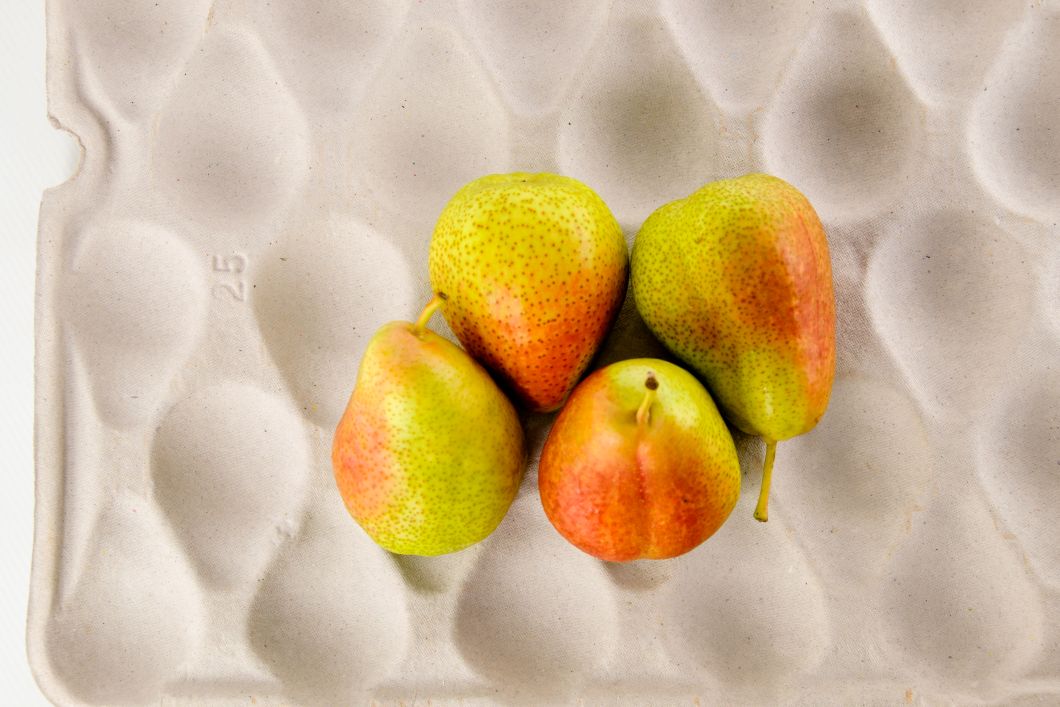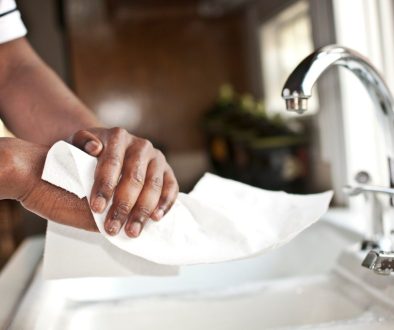Paper packaging tops the charts for sustainability and recyclability, says global survey
Consumers appreciate paper-based packaging for its recyclability and lower environmental impact
OCTOBER 7, 2025 – A global survey on the print and paper industry confirms that paper-based packaging remains South Africa’s preferred sustainable packaging choice. Consumers value paper-based packaging for its recyclability, biodegradability or compostability, lower environmental impact, affordability, safety, and its ability to display clear product information, according to the South African findings of the 2025 Two Sides Trend Tracker.
With increasing pressure to reduce plastic waste and cut carbon footprints, the packaging sector faces intense scrutiny, says the Paper Manufacturers Association of South Africa (PAMSA). Paper-based packaging has emerged as a positive solution as it is made from renewable wood fibre from sustainably managed planted forests, and/or recycled paper fibre.
Overall, paper and cardboard emerged as the top choice among consumers who rated packaging materials based on 15 environmental, visual and physical attributes. In second place was glass, followed by plastic and metal that were on equal footing.
In this year’s survey, 64% of people said they prefer products ordered online to arrive in paper packaging, up from 58% in 2023. Additionally, 58% are actively taking steps to increase their use of paper packaging, while 80% expressed a preference for their online orders to be delivered in fit-for-size packaging.
“We acknowledge right-sizing is not always possible for online retailers. The good thing about cardboard boxes is that they are fully recyclable regardless of their size, and welcomed by informal collectors and recycling companies,” notes Samantha Choles, PAMSA’s communication manager.
When it comes to being home compostable and biodegradable, 75% of respondents chose paper/cardboard. A further 53% selected it as the best material for the environment, and 51% found it the easiest to recycle.
Glass ranked the highest in reusability, look-and-feel and brand image, with plastic being the easiest to store. Metal packaging outstripped the other materials in terms of its strength and robustness.
The unsung hero of renewability
Choles acknowledges that paper packaging may not always fulfil the same function as other materials. However, in today’s world, there is still a place for all packaging materials, provided they are responsibly produced and disposed of. She points out that the local and global forest products sector has, for many years, been exploring ways to use renewable materials like wood, cellulose, and process by-products like lignin to substitute materials that have a high environmental impact.
Choles goes to explain that virgin fibre comes from farmed trees grown in responsibly managed and certified plantations. “These trees are considered renewable resources, with only 7–10% of 850,000 trees harvested annually and new trees planted in their place within a year. And all of them are absorbing and storing carbon.”
South African tissue and packaging manufacturers make use of recycled fibre, recovered from used paper and packaging. “This further reduces waste and supports the circular economy,” notes Choles.
The survey showed that 65% of people maintain that only recycled paper should be used to make paper products. “The sole use of recycled paper in paper manufacturing is not possible, however,” explains Choles. “Paper fibres can only be recycled around seven times, each time shortening and weakening. Without new wood fibre from trees, the paper cycle cannot be maintained.
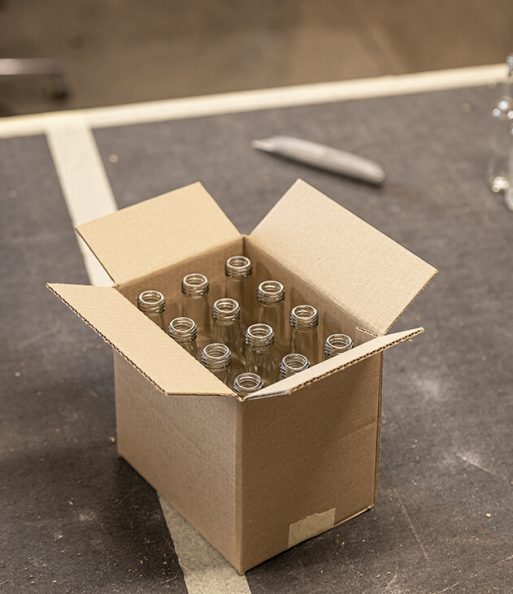
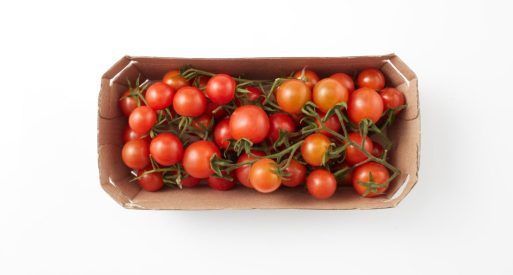
Recycling habits
In this survey, around 28% of respondents believe that more than 60% of paper and paper packaging is collected for recycling; this is up from 19% in 2023. “They are certainly correct. Our mills, with the help of informal collectors and recycling businesses, recover about 1.2 million tonnes of paper and paper packaging every year,” says Choles.
“It’s good to see that 81% of respondents clearly understand what types of products can be recycled, and this is up from 78% in 2023.”
Furthermore, 69% responded that they recycle their paper-based packaging such as delivery boxes, food packaging and drinking cartons.
Responsible consumer behaviour
In the context of reducing the consumption of non-recyclable single-use packaging, most respondents concur that this responsibility should be shared by governments, local authorities, brands, retailers and supermarkets. Notably, approximately 46% acknowledge that they, as consumers, bear the least responsibility in this regard. They express a strong desire for systemic change through the enactment of legislation, coupled with the commitment of brands and industry leadership.
This is backed up with some 66% of South African respondents agreeing that non-recyclable packaging should be discouraged through taxation, with more than half saying they would consider avoiding using retailers that are not actively trying to reduce their non-recyclable packaging.
“It was interesting to note that 62% feel that brands, retailers and supermarkets are introducing more sustainable packaging, up from 54% in 2023,” says Choles. She emphasises that local extended producer responsibility legislation in fostering improved production design and recycling initiatives.
Paper packaging can meet practical and aesthetic needs, and it’s easy to print, lightweight and versatile. “In an age of ‘unboxing experiences’ and where sustainability is central to brand identity, it’s great to see that leading retailers and businesses are turning to paper to reflect their environmental commitments,” concludes Choles.
A headline summary containing some of the key findings is publicly available to view and download here: twosides.info/trend-tracker-2025
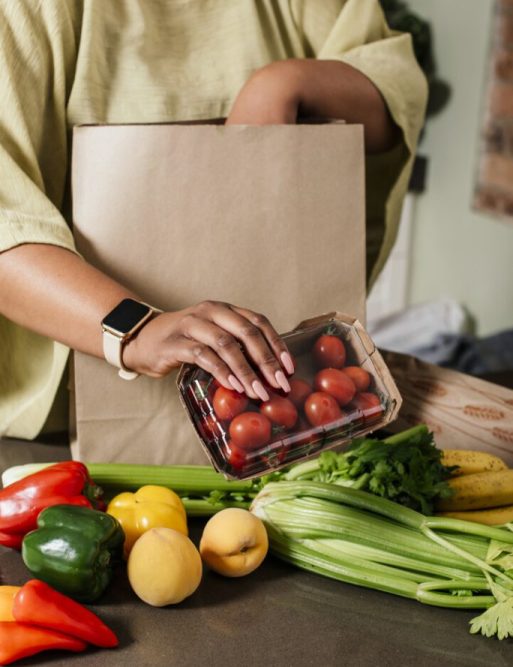
*The packaging categories assessed were better for the environment, better protection or product longevity, easier to recycle, easier to open and close, easier to store, lighter weight, home compostable or biodegradable, more practical, preferred look and feel, reusable, safer to use, stronger or more robust, better information about products, better brand image or values, and less expensive.

